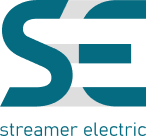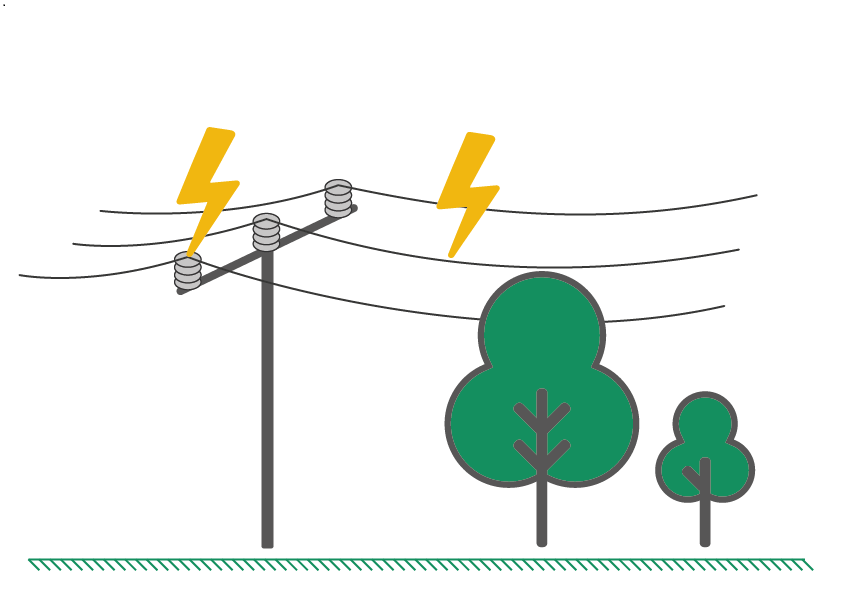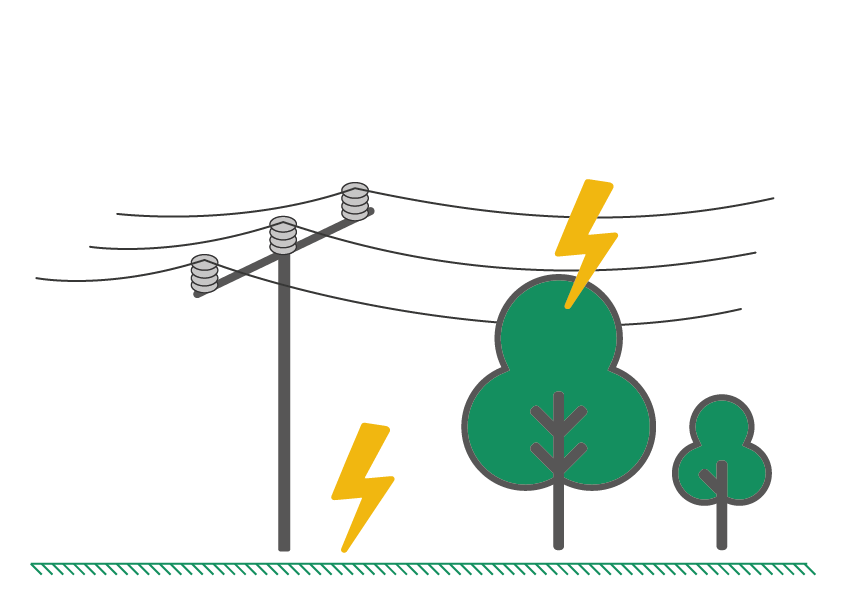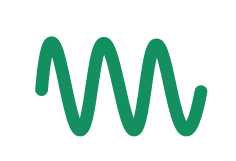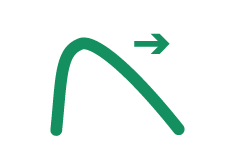Lightning protection
Lightning and its interaction with overhead lines
Lightning is a very common natural phenomenon. About 6 lightning strikes hit the Earth’s surface each second. Below is a map of the flash density developed by NASA. You can estimate the situation in your region: if ground flash density (GFD) is greater than 10, then you should not ignore it.
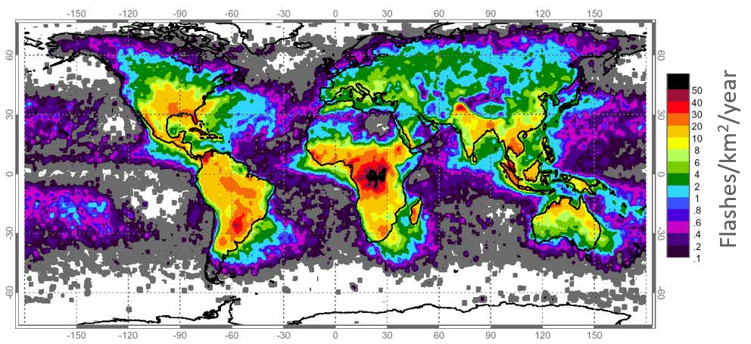
Types of interactions with overhead lines
|
Direct Lightning Strike (DLS) |
Induced Overvoltage (IOV) |
Issues caused by lightning on overhead lines
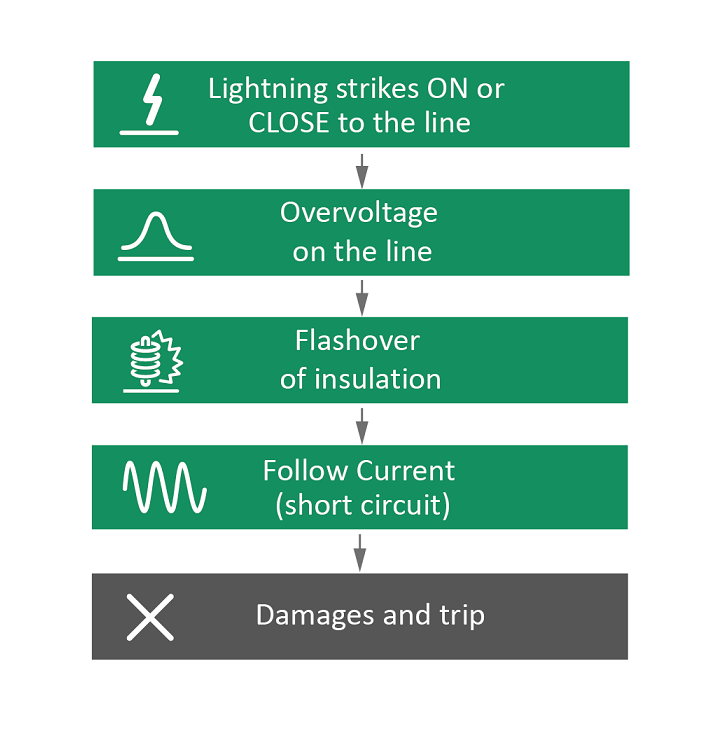 |
Direct strike creates a lightning impulse splitting and propagating along the line making insulators flashover on its way. Indirect strike generates induced overvoltages on the line by electromagnetic effects. It can also lead to insulator flashovers. After insulators flashover, the current powered by a transformer at the nearest substation deviates from the normal circuit: fault current establishes through the insulators affected by lightning overvoltage. |
Possible consequences
|
of follow current
|
of lightning overvoltage propagation
|
EasyQuench
A unique & efficient technology for Line Lightning Protection.
EasyQuench is a unique technology, developed and being improved since 1996 by Streamer. Products featuring the EasyQuench technology protect overhead lines against direct and indirect lightning strikes, thus helping to prevent breakage of conductors, insulators and power outages. Due to their operating principle, line lightning protection devices (LLPDs) do not require any special grounding (e.g. a ground lead). Therefore, these devices are especially efficient in areas with high soil resistivity.
Type Tests
Products are tested in the leading and most recognized high voltage laboratories worldwide
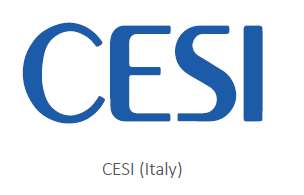 |
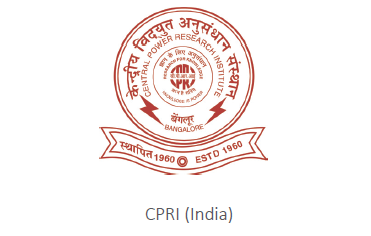 |
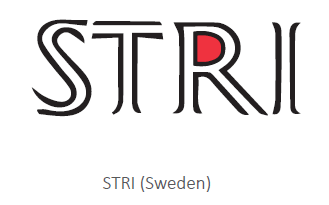
|
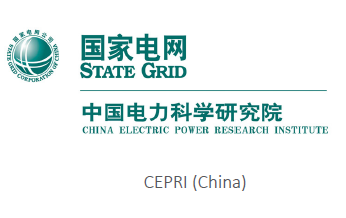 |
Сustomers list
